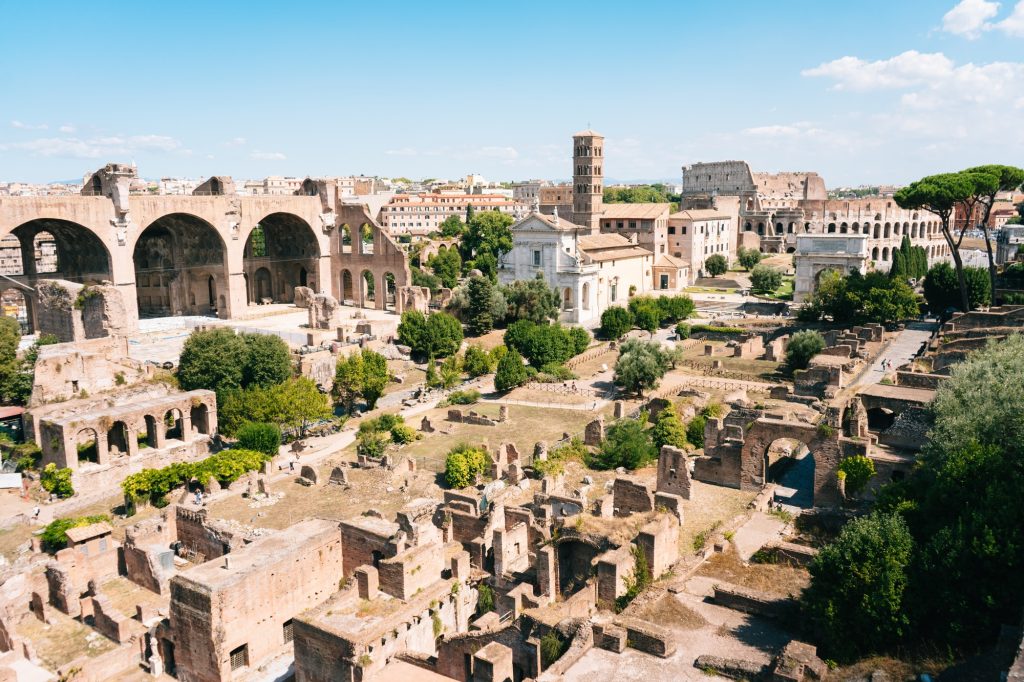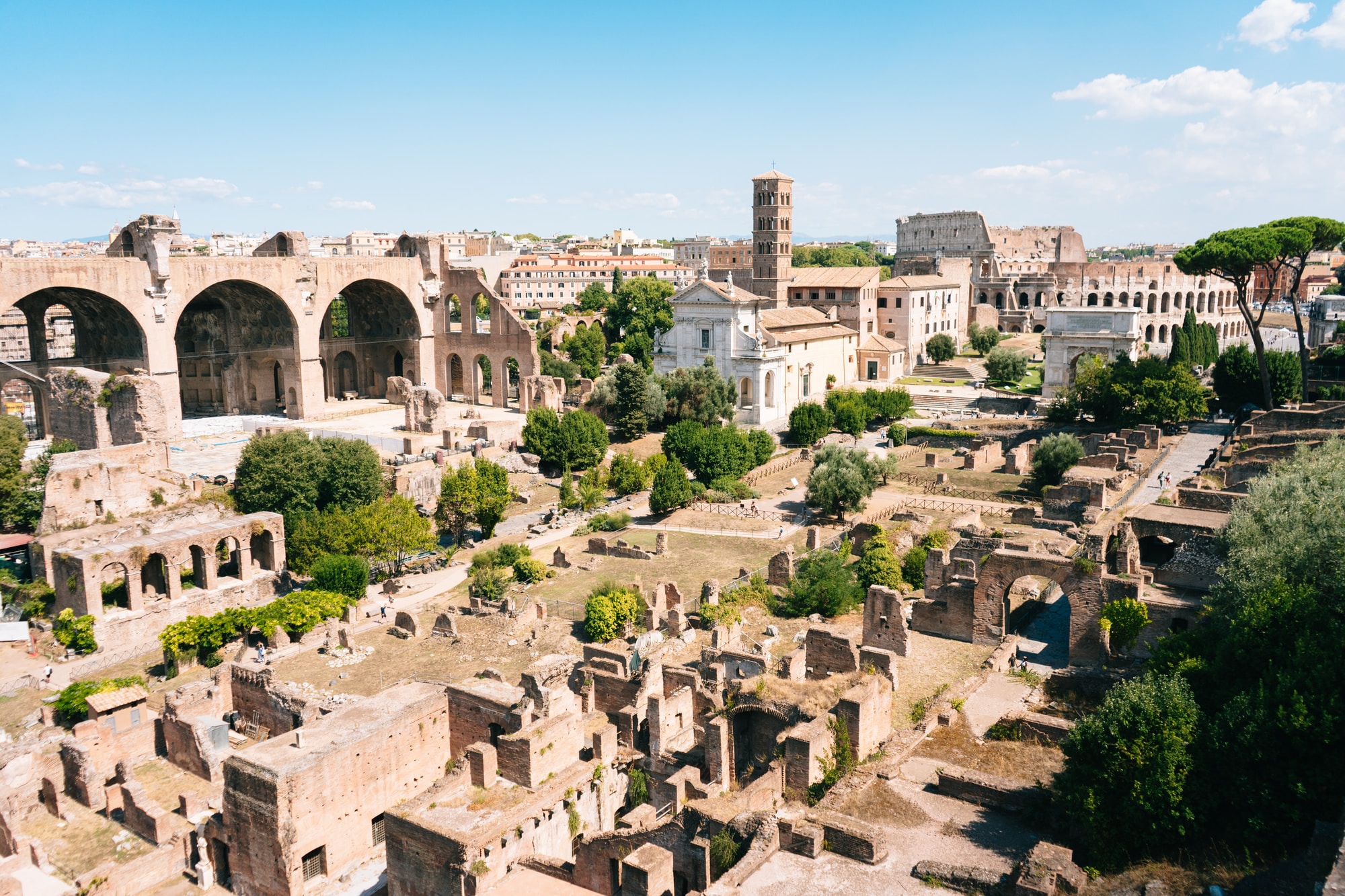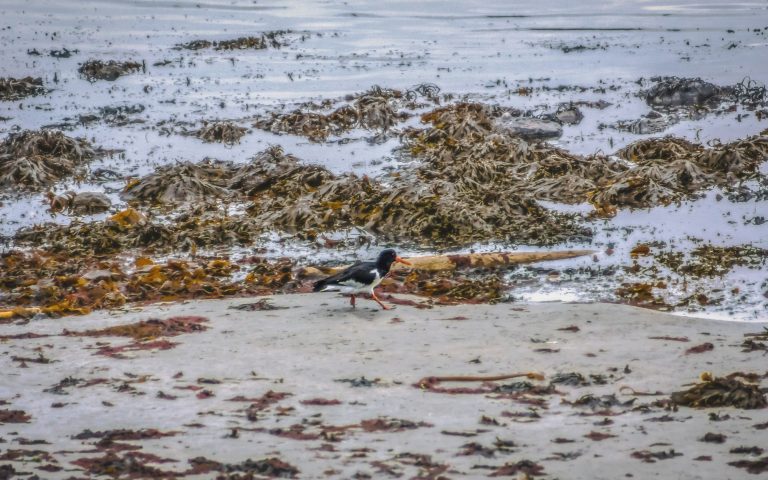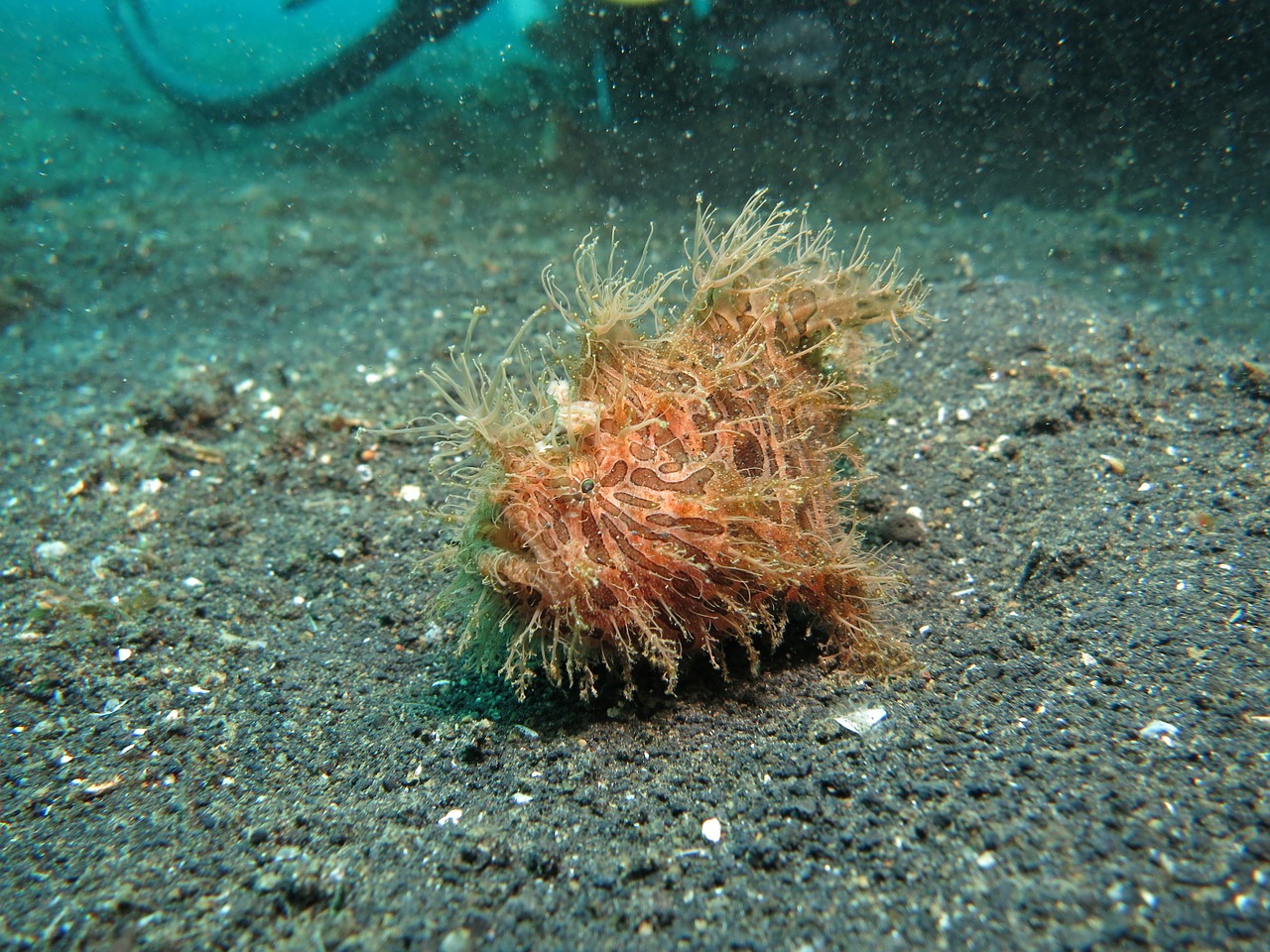Ancient Roads

“You shall prepare roads for yourself, and divide into three parts the territory of your land which the Lord your God is giving you to inherit…” [Deuteronomy 19:3]
The most advanced transportation system in pre-Columbian South America was the Inca road system. Even without horses or wheeled vehicles, a great network of 25,000 miles of roads constituted a transportation network rivaled only by that of the Romans. The roads connected all parts of the realm and made possible swift communication. Trained runners, working in relays, covered up to 250 miles per day on the roads. There was a coastal route and an inland route running north and south with many connecting roads. It covered some 1.2 million square miles of territory.
The Inca roads made quick and reliable routes for the empire’s military and civilian communications. Soldiers, porters, and llama caravans were the primary users. Others required permission, and tolls were extracted at some bridges. The width of the road was between three and 13 feet, with some sections 16 feet wide. Actually, much of the road was an improvement from a previous civilization, the Wari Empire. In the steep mountains of the Andes, giant flights of stairs were built. The main 3,700-mile route ran from Quito, Ecuador, in the north past Santiago, Chile, in the south.
The ancient Roman Empire also utilized roads to help them conquer the world. At the height of its power, the Roman Empire had a road system of about 50,000 miles consisting of 29 highways radiating from the city of Rome, and a network of roads covering every important conquered province. The Roman roads were three to four feet thick and consisted of three layers of successively finer stones set in mortar, with a layer of fitted stone blocks on top. By Roman law, the right of use of the roads belonged to all of the public, but the maintenance of the roadway was the responsibility of the inhabitants of the district through which the road ran.
God asked the Israelites to designate three cities of refuge for people who accidentally killed someone. The manslayer could flee to one of these cities and find safety, only if he was not found to be guilty. Instructions were given to build roadways to these cities. Jesus Christ also came to provide a roadway to heaven. The construction of these pathways cost Him His life. Though we are all guilty of sin, He offers forgiveness and protection when we confess our sins and ask Him to forgive us.






